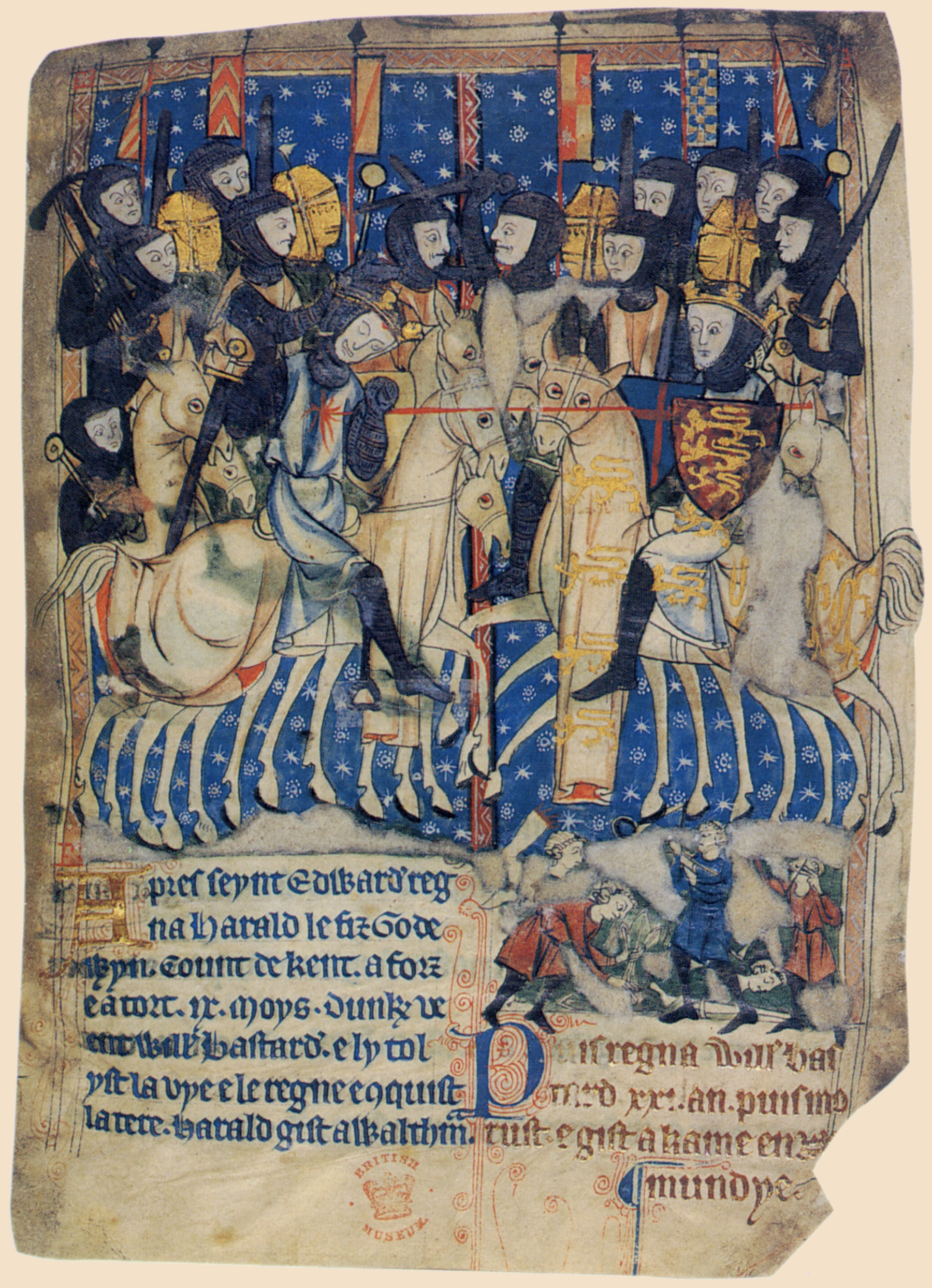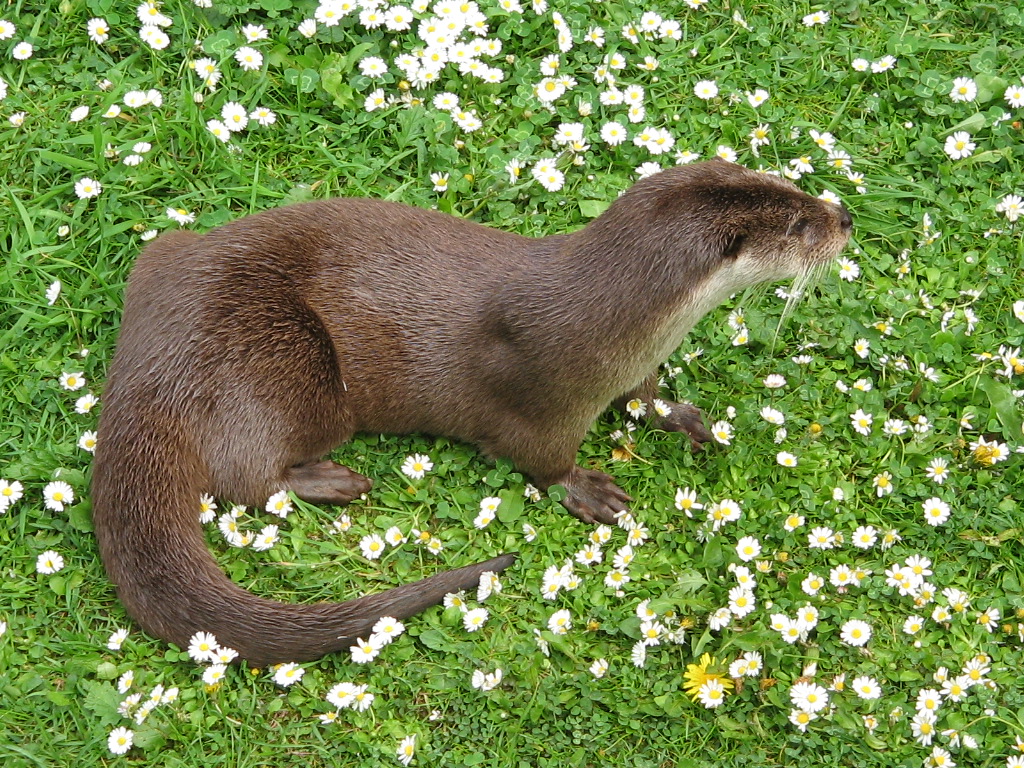|
Blue Reef Aquarium
Blue Reef is a national chain of public aquarium, public aquariums in England owned by Aspro Parks. History Blue Reef was formed as Newquay Leisure Limited in January 2000. In July 2001, Blue Reef acquired the Sea Life Centers in Portsmouth and Tynemouth and announced their intent in November 2001 to refurbish them under the Blue Reef name for an opening in 2002. In November 2007, Blue Reef announced they had acquired the Hastings-based attraction Underwater World from Hastings Heritage and would refurbish it as a Blue Reef Aquarium in time for 2008. On the same day, they also announced that they would also begin to operate St. Clements Caves, Smugglers Adventure attraction nearby. On 7 April 2008, Aspro Parks announced the purchase of Blue Reef Leisure for an undisclosed amount. The purchase was for Aspro to expand its UK offerings. On the same day, it was announced that Blue Reef would open a branch at We the Curious, At-Bristol in Bristol for 2009 at the former Wildwalk and IM ... [...More Info...] [...Related Items...] OR: [Wikipedia] [Google] [Baidu] |
Aspro Parks
Aspro Parks (''Aspro Ocio Group'') is a Spanish leisure corporation that operates many water parks, amusement parks, aquariums as well as zoos, botanicals and dolphinariums across Europe. The company was founded in October 1991 in Spain, and is registered and headquartered in Madrid. It is best known for its Aqualand theme parks. Its major brands include Aqualand (waterparks), Marineland (aquatic zoo and dolphinarium) and Bluereef (aquariums). The group operates 68 leisure parks and attraction centers in Spain, the UK, France, Finland, Portugal, Switzerland, Belgium, the Netherlands, Germany, and Austria. For the year ended October 2012, the company generated EUR 154.05 million in operating revenue (annual growth of 1.9%) and achieved EUR 37.641 million in net profit (annual decline of 10%). It is owned by Luxembourg-based alternative investment firm Signet Investments S.A. List of parks See List of Aspro Parks attractions References External links * Amusement park com ... [...More Info...] [...Related Items...] OR: [Wikipedia] [Google] [Baidu] |
Southsea
Southsea is a seaside resort and a geographic area of Portsmouth, Portsea Island in the ceremonial county of Hampshire, England. Southsea is located 1.8 miles (2.8 km) to the south of Portsmouth's inner city-centre. Southsea began as a fashionable 19th-century Victorian era, Victorian seaside resort named ''Croxton Town'', after a Mr Croxton who owned the land. As the resort grew, it adopted the name of nearby Southsea Castle, a seafront fort constructed in 1544 to help defend the Solent and approaches to Portsmouth Harbour. In 1879, South Parade Pier was opened by Princess Edward of Saxe-Weimar in Southsea. The pier began operating a passenger steamer service across the Solent to the Isle of Wight. This service gave rise to the idea of linking Southsea and its pier to Portsmouth Direct Line, Portsmouth's railway line, and for tourists to bypass the busy town of Portsmouth and its crowded harbour. East Southsea railway station, along with the Southsea Railway and Fratton ... [...More Info...] [...Related Items...] OR: [Wikipedia] [Google] [Baidu] |
Bristol
Bristol () is a City status in the United Kingdom, cathedral city, unitary authority area and ceremonial county in South West England, the most populous city in the region. Built around the River Avon, Bristol, River Avon, it is bordered by the ceremonial counties of Gloucestershire to the north and Somerset to the south. The county is in the West of England combined authority area, which includes the Greater Bristol area (List of urban areas in the United Kingdom, eleventh most populous urban area in the United Kingdom) and nearby places such as Bath, Somerset, Bath. Bristol is the second largest city in Southern England, after the capital London. Iron Age hillforts and Roman villas were built near the confluence of the rivers River Frome, Bristol, Frome and Avon. Bristol received a royal charter in 1155 and was historic counties of England, historically divided between Gloucestershire and Somerset until 1373 when it became a county corporate. From the 13th to the 18th centur ... [...More Info...] [...Related Items...] OR: [Wikipedia] [Google] [Baidu] |
Hastings
Hastings ( ) is a seaside town and Borough status in the United Kingdom, borough in East Sussex on the south coast of England, east of Lewes and south east of London. The town gives its name to the Battle of Hastings, which took place to the north-west at Senlac Hill in 1066. It later became one of the medieval Cinque Ports. In the 19th century, it was a popular seaside resort, as the railway allowed tourists and visitors to reach the town. Hastings remains a popular seaside resort and is also a fishing port, with the UK's largest beach-based fishing fleet. The town's estimated population was 91,100 in 2021. History Early history The first mention of Hastings is from the late 8th century in the form ''Hastingas''. This is derived from the Old English tribal name ''Hæstingas'', meaning 'the constituency (followers) of Hæsta'. Symeon of Durham records the victory of Offa in 771 over the ''Hestingorum gens'', that is, "the people of the Hastings tribe." Hastingleigh in Kent ... [...More Info...] [...Related Items...] OR: [Wikipedia] [Google] [Baidu] |
Otter
Otters are carnivorous mammals in the subfamily Lutrinae. The 13 extant otter species are all semiaquatic, aquatic, or marine. Lutrinae is a branch of the Mustelidae family, which includes weasels, badgers, mink, and wolverines, among other animals. Otters' habitats include dens known as holts or couches, with their social structure described by terms such as dogs or boars for males, bitches or sows for females, and pups or cubs for offspring. Groups of otters can be referred to as a bevy, family, lodge, romp, or raft when in water, indicating their social and playful characteristics. Otters are known for their distinct feces, termed spraints, which can vary in smell from freshly mown hay to putrefied fish. Otters exhibit a varied life cycle with a gestation period of about 60–86 days, and offspring typically stay with their family for a year. They can live up to 16 years, with their diet mainly consisting of fish and sometimes frogs, birds, or shellfish, depending ... [...More Info...] [...Related Items...] OR: [Wikipedia] [Google] [Baidu] |
Terrapin
Terrapins are a group of several species of small turtle (order Testudines) living in freshwater, fresh or brackish water. Terrapins do not form a taxonomic unit and may not be closely related. Many belong to the families Geoemydidae and Emydidae. The name "terrapin" is derived from ', a word in an Algonquian languages, Algonquian language"Terrapin" ''www.merriam-webster.com'', accessed 9 November 2021 that referred to the species ''Malaclemys terrapin'' (the diamondback terrapin). It appears that the term became part of common usage during the colonial era of North America and was carried back to Great Britain. Since then, it has been used in common names for freshwater species of Testudines in the English language.Farlex Trivia Dictionary 2012. Cited in https://www.thefreedictionary.com/Testudine Species< ...
|
Turtle
Turtles are reptiles of the order (biology), order Testudines, characterized by a special turtle shell, shell developed mainly from their ribs. Modern turtles are divided into two major groups, the Pleurodira (side necked turtles) and Cryptodira (hidden necked turtles), which differ in the way the head retracts. There are 360 living and recently extinct species of turtles, including land-dwelling tortoises and freshwater terrapins. They are found on most continents, some islands and, in the case of sea turtles, much of the ocean. Like other Amniote, amniotes (reptiles, birds, and mammals) they breathe air and do not lay eggs underwater, although many species live in or around water. Turtle shells are made mostly of bone; the upper part is the domed Turtle shell#Carapace, carapace, while the underside is the flatter plastron or belly-plate. Its outer surface is covered in scale (anatomy), scales made of keratin, the material of hair, horns, and claws. The carapace bones deve ... [...More Info...] [...Related Items...] OR: [Wikipedia] [Google] [Baidu] |
Toad
Toad (also known as a hoptoad) is a common name for certain frogs, especially of the family Bufonidae, that are characterized by dry, leathery skin, short legs, and large bumps covering the parotoid glands. In popular culture (folk taxonomy), toads are distinguished from frogs by their drier, rougher skin and association with more terrestrial habitats. However, this distinction does not align precisely with scientific taxonomy. List of toad families In scientific taxonomy, toads include the true toads (Bufonidae) and various other terrestrial or warty-skinned frogs. Non-bufonid "toads" can be found in the families: * Bombinatoridae ( fire-bellied toads and jungle toads) * Calyptocephalellidae ( helmeted water toad and false toads) * Discoglossidae ( midwife toads) * Myobatrachidae (Australian toadlets) * Pelobatidae ( European spadefoot toad) * Rhinophrynidae ( burrowing toads) * Scaphiopodidae ( American spadefoot toads) * Microhylidae ( narrowmouth toads) ... [...More Info...] [...Related Items...] OR: [Wikipedia] [Google] [Baidu] |
Poison Dart Frog
Poison dart frog (also known as dart-poison frog, poison frog or formerly known as poison arrow frog) is the common name of a group of frogs in the family Dendrobatidae which are native to tropical Central and South America. These species are diurnal and often have brightly colored bodies. This bright coloration is correlated with the toxicity of the species, making them aposematic. Some species of the family Dendrobatidae exhibit extremely bright coloration along with high toxicity — a feature derived from their diet of ants, mites and termites— while species which eat a much larger variety of prey have cryptic coloration with minimal to no amount of observed toxicity. Many species of this family are threatened due to human infrastructure encroaching on their habitats. These amphibians are often called "dart frogs" due to the aboriginal South Americans' use of their toxic secretions to poison the tips of blowdarts. However, out of over 170 species, only four have b ... [...More Info...] [...Related Items...] OR: [Wikipedia] [Google] [Baidu] |
Coral Reef Fish
Coral reef fish are fish which live amongst or in close relation to coral reefs. Coral reefs form complex ecosystems with tremendous biodiversity. Among the myriad inhabitants, the fish stand out as colourful and interesting to watch. Hundreds of species can exist in a small area of a healthy reef, many of them hidden or well camouflaged. Reef fish have developed many ingenious specialisations adapted to survival on the reefs. Coral reefs occupy less than 1% of the surface area of the world oceans, but provide a home for 25% of all marine fish species. Reef habitats are a sharp contrast to the open water habitats that make up the other 99% of the world oceans. However, loss and degradation of coral reef habitat, increasing pollution, and overfishing including the use of destructive fishing practices, are threatening the survival of the coral reefs and the associated reef fish. Overview Coral reefs are the result of millions of years of coevolution among algae, invertebra ... [...More Info...] [...Related Items...] OR: [Wikipedia] [Google] [Baidu] |
Tynemouth
Tynemouth () is a coastal town in the metropolitan borough of North Tyneside, in Tyne and Wear, England. It is located on the north side of the mouth of the River Tyne, England, River Tyne, hence its name. It is east-northeast of Newcastle upon Tyne. The medieval Tynemouth Priory and Castle stand on a headland overlooking both the mouth of the river and the North Sea, with the town centre lying immediately west of the headland. Historically part of Northumberland until 1974, the town was a county borough which included the nearby town of North Shields. At the 2021 census the Tynemouth built-up area as defined by the Office for National Statistics (which also includes North Shields) had a population of 60,605. The population of Tynemouth itself at the 2021–2022 United Kingdom censuses, 2021 census was 10,256. History The headland towering over the mouth of the River Tyne has been settled since the Iron Age. The Romans may have occupied it as a signal station, though it i ... [...More Info...] [...Related Items...] OR: [Wikipedia] [Google] [Baidu] |









